Book Review - Wendy Webb's The End of Temperance Dare
 The End of Temperance Dare by Wendy Webb
The End of Temperance Dare by Wendy Webb
Published by: Lake Union Publishing
Publication Date: June 6th, 2017
Format: Paperback, 336 Pages
Rating: ★★
To Buy
Despite a looming sense of dread she's carried for months everything seems to be falling into place for Eleanor Harper but in the most unexpected of ways. She loses her job as a crime reporter at the same time the position for director of the prestigious Cliffside Manor artists retreat becomes available. Eleanor has been drawn to the old tuberculosis hospital ever since she went there twenty years earlier as a cub reporter covering the sudden deaths of the hospital's founder, Chester Dare, and one of his daughters, Milly, in a tragic car accident. His remaining daughter, Penelope, has run the retreat ever since and she feels it's time to hand the reigns to the next generation. While Eleanor isn't the most qualified Miss Penny felt a connection to her all those years ago because they both agreed that the accident was no accident. Miss Penny never blamed Eleanor, who as an inexperienced reporter was unable to shed light on the deaths, but admired her tenacity and has followed her journalistic career with interest. When Eleanor arrives at the Manor through the mists she feels like she's home. Miss Penny welcomes her with open arms and inducts her into the running of the retreat, which is mainly handled by an extensive staff. In a week they are to get the current group of artists for a month-long residency and Eleanor will shadow Miss Penny until she's confident enough that she can handle the responsibilities herself. At least that's what Eleanor thought the plan was to be, Miss Penny had other ideas, as that afternoon she commits suicide and leaves everything in Eleanor's inexperienced hands. Eleanor is baffled by the predicament she has landed in but she views it only right to mourn but continue on in Miss Penny's memory. Therefore a week later the five artists arrive. Things do not go to plan. Miss Penny brought everyone here with a purpose... is she acting from beyond the grave? But more importantly, is she acting alone or are other supernatural elements at work?
Here's the problem I have with Gothic stories that involve haunted houses, there needs to be enough wiggle room that the "haunting" could all be chalked up to psychological issues. You need that suspension of disbelief. You have to be convinced or dissuaded through the story, Shirley Jackson's The Haunting of Hill House is a masterclass in this conceit. A Tuberculosis hospital is a whole lot of heck no from me. The reason for this is that TB hospitals were, as it says in this book, a “waiting room for death.” All hauntings derive from a death, here we have a plurality of death, so in my mind there is no question as to whether or not Cliffside Manor is haunted. It is SO haunted. This is a place where ghost hunters go, not artistic types. I have NO DOUBT that ghosts exist. What exactly they are I'm not sure, but I have seen many ghosts in my life, some benign, some very much the opposite. I would NEVER go willingly to a place like Cliffside Manor, it would be too much. Add to that the fact this retreat is made for artists like me... I really don't get how places at the retreat are so sought after. Yes, there is a wide range of susceptibility when it comes to seeing the supernatural, but the truth is the more sensitive you are to the world around you, the more open you are, the more likely you are to have such an experience. Therefore people who are artistic are more likely to pick up on these vibes, much like how artists are the ones who can hear the call of Cthulhu in the writings of H.P. Lovecraft. So how are these artists not being like, don't go there, it's haunted. Word of mouth would spread like wildfire, but instead they have people clamoring for vacancies. This makes no sense to me, which makes me feel like the entire setup is unbelievable and therefore I don't buy into the story.
What's more it's hard to buy into a story where you're not quite certain if you're dealing with an unreliable narrator or not. My problem in this instance was that I couldn't tell if the red herrings I was following were meant to be red herrings or were just bad editing. To be clear, I reached the correct conclusion, I just don't know if I was meant to reach that conclusion in the first few chapters. What alerted my spider senses was Eleanor arriving at Cliffside Manor on a Thursday and the guests being scheduled to arrive the next Friday, but within minutes it was "arriving in one week." I don't know who taught Eleanor or Webb about the days of the week but that's longer than a week. Yes, you could brush it off as just common vernacular, it's about a week, but the way Webb writes I disagree. She is very precise, very matter of fact, you can tell she was a journalist herself in the very way everything is as it should be and nothing is out of place. If a book could be neat as a pin, this would be that book, and if I'm honest, I'd rather choose sloppy and lyrical than this. Which makes this first error glaring. IF this was a hint as to Eleanor's reliability as a narrator, I have to give Webb kudos. It was subtle and just enough to bait the reader. If, on the other hand, this was just a typo, in fact the most common of typos if I'm to be honest, because writers as a whole don't look at calendars despite the fact you can look up ANY calendar year online, well, then it's bad luck that a transcription or writing or editing error gave away something that's rather important. But then again, I feel like the whole unreliable narrator is played out. It's a way to delay the reveal while having the answer in front of you the whole time, and to me, that's kind of smug storytelling, though not nearly as bad as an author like Josephine Tey who purposefully left clues out so that the reader couldn't solve her riddles.
The truth is, The End of Temperance Dare relies too heavily on overplayed tropes. The obviously haunted local, the unreliable narrator, the love triangle (more on that in a minute), and the sexualization of children as a sign of evil. Think of all the movies and all the books over the years that have had innocent children possessed by evil spirits say licentious things and you know where I'm coming from. The Exorcist anyone? The problem I have with this trope is that instead of just being unsettling it verges on the edge of child exploitation, which is one of the MANY reasons I have never read Anne Rice again after Interview with the Vampire because of how she handles Claudia. Here it's taken further with the evil spirit of Temperance who is eleven in human years being obsessed with the Doctor as her future husband and later while controlling her sisters body not only is a loose woman, but stalks the photographer Richard, who is one of the members of the retreat we meet. It's hinted at that she was born a demon and she had impure thoughts and behaviors from the day she was born, yet Webb is never explicit enough with these revelations. Instead she leaves it all up to the reader's imagination, and I just don't like that because it's a cop out. She shows us these disturbing images and behaviors and then never fully goes to the root of the evil, therefore making the villain a sexually precocious child. That just freaks me out too much. And not in the good way. Instead I felt ill and the denouement and happily ever after left a bitter taste in my mouth because evil was left to be evil and the motives behind that evil were just to have her way with everyone especially these two men?
These two men who then form the other two corners of a love triangle wit Eleanor/Temperance. Because instead of Eleanor being involved in a healthy relationship she finds herself drawn into flirtations with the retreat's doctor, Nat, and one of the guests, Richard. This triangle felt so forced. Here is a professional woman trying to make a good impression at her new job and instead she is behaving like a lovestruck teenager... or should I say sexually precocious child? So the reason I hated this element of the narrative isn't that I just hate love triangles, because I do, I really really do, it's because the relationships don't feel like they organically develop. Which, I guess you could say, they didn't. But in order to achieve that happily ever after we bafflingly reach there has to be a kernel of truth amongst all the supernatural manipulations for the ending to be at least mildly believable. But in the end, looking at the whole story of Temperance Dare, I can't help think that it was a looong setup for very little reward. Sure, all the pieces fit into place, but mechanically. You have no emotions invested in the characters. It's too by the book. A paint by numbers narrative which would just horrify Henry, who was the resident painter at the retreat who worked in oils yet had no proper venting in his room for painting oils indoors. And then a happy ending where everyone gets what they want? That's not believable, that's contrived. I haven't read any of Webb's other books, but I hope there's a little more spark and a lot less plodding out of plot points. I can't take another book like this one, it was too predictable and plebeian.




















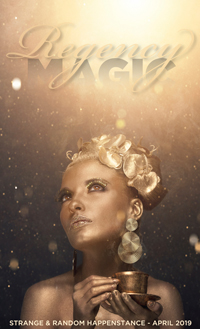
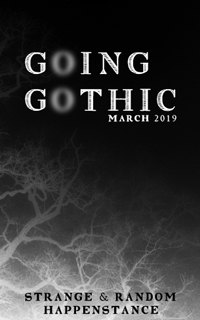
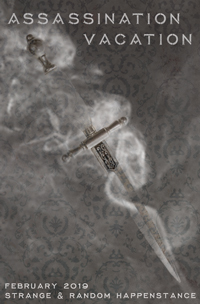
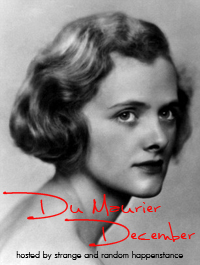
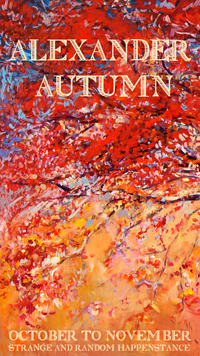
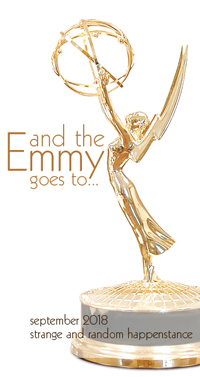

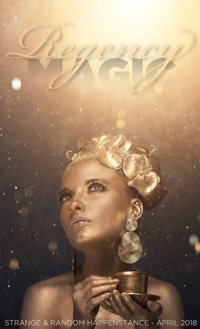


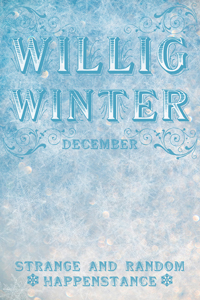

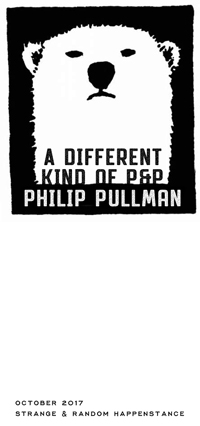


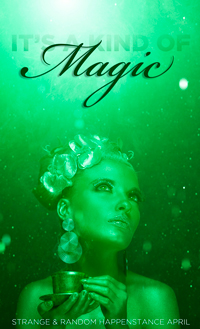
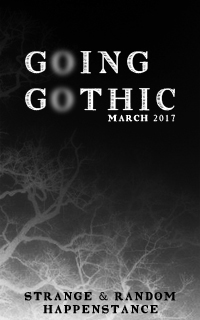

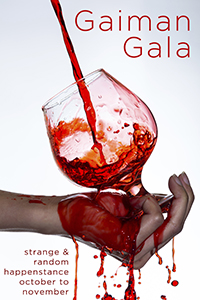
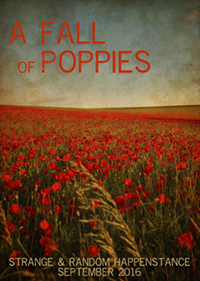



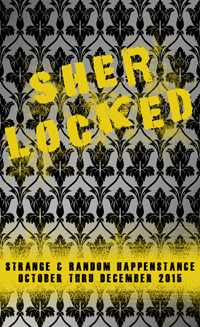
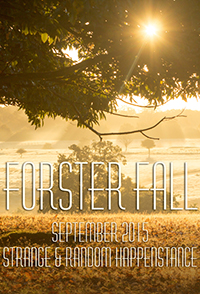

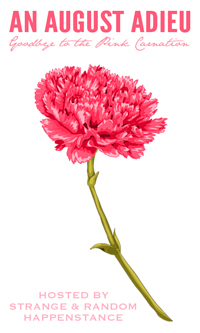




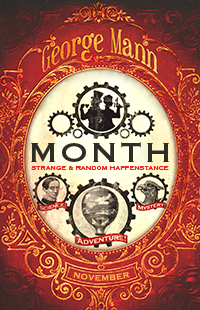

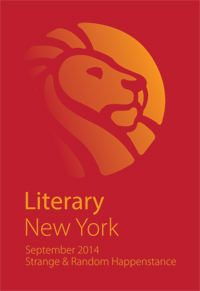
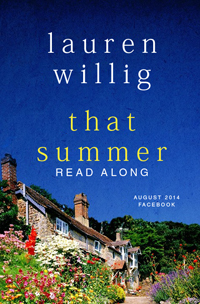



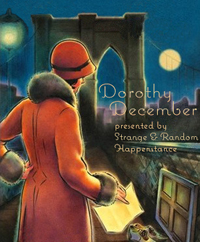

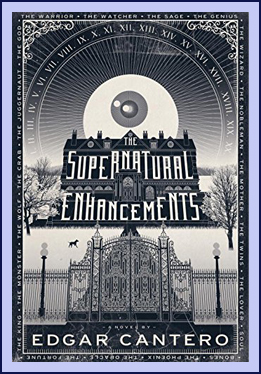 The Supernatural Enhancements by Edgar Cantero
The Supernatural Enhancements by Edgar Cantero Murder at Half Moon Gate by Andrea Penrose
Murder at Half Moon Gate by Andrea Penrose With One Shot by Dorothy Marcic
With One Shot by Dorothy Marcic Juniper: The Happiest Fox by Jessika Coker
Juniper: The Happiest Fox by Jessika Coker Herding Cats by Sarah Andersen
Herding Cats by Sarah Andersen Thornhill by Pam Smy
Thornhill by Pam Smy The Punishment She Deserves by Elizabeth George
The Punishment She Deserves by Elizabeth George The Broken Girls by Simone St. James
The Broken Girls by Simone St. James City of Sharkes by Kelli Stanley
City of Sharkes by Kelli Stanley The Heart Forger by Rin Chupeco
The Heart Forger by Rin Chupeco Wylding Hall by Elizabeth Hand
Wylding Hall by Elizabeth Hand
 Death of an Unsung Hero by Tessa Alren
Death of an Unsung Hero by Tessa Alren Whatever Happened to Margo? by Margaret Durrell
Whatever Happened to Margo? by Margaret Durrell The Heart of Mars by Paul Magrs
The Heart of Mars by Paul Magrs Kim Reaper: Grim Beginnings by Sarah Graley
Kim Reaper: Grim Beginnings by Sarah Graley Baltimore, or, The Steadfast Tin Soldier and the Vampire by Mike Mignola and Christopher Golden
Baltimore, or, The Steadfast Tin Soldier and the Vampire by Mike Mignola and Christopher Golden Tales of H.P. Lovecraft by H.P. Lovecraft
Tales of H.P. Lovecraft by H.P. Lovecraft


















